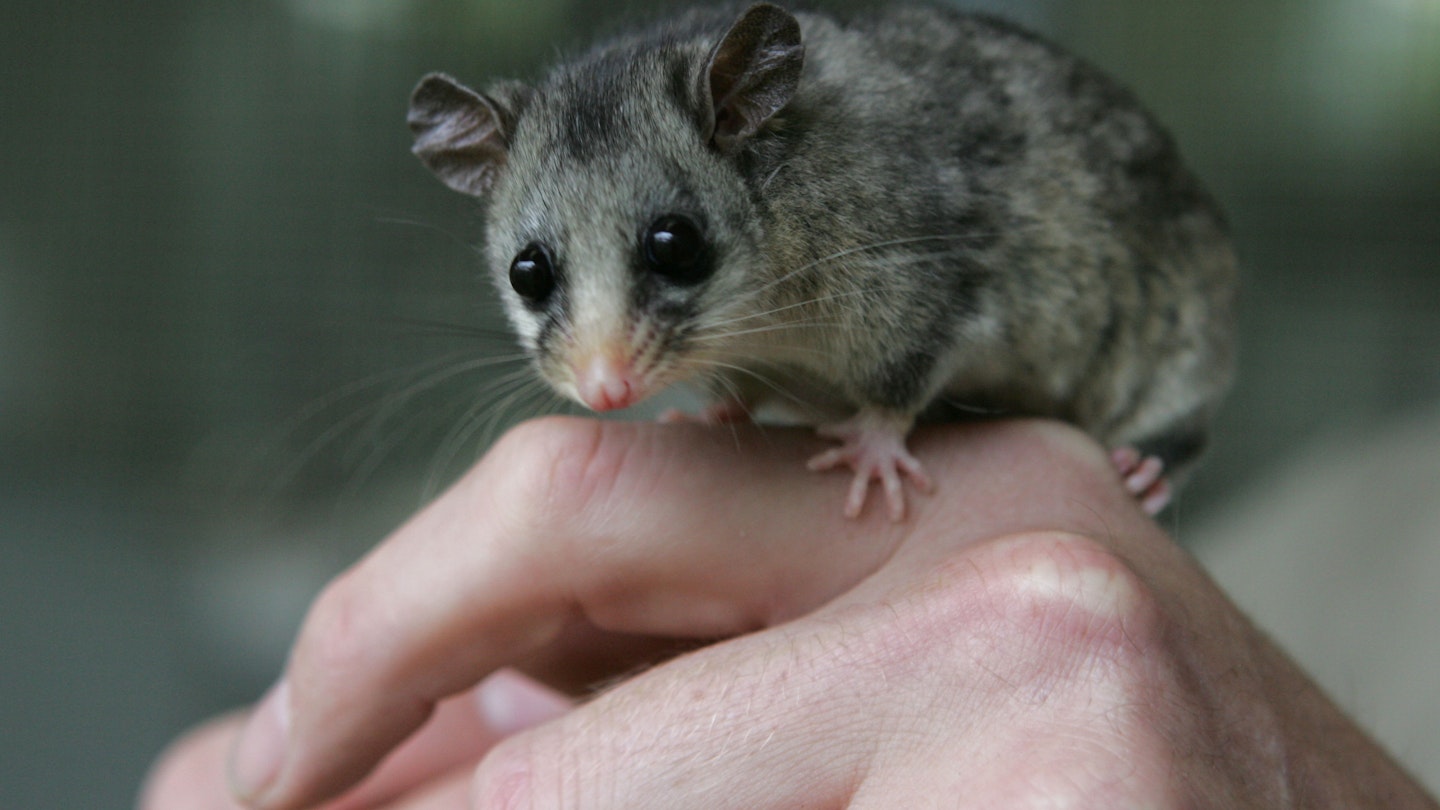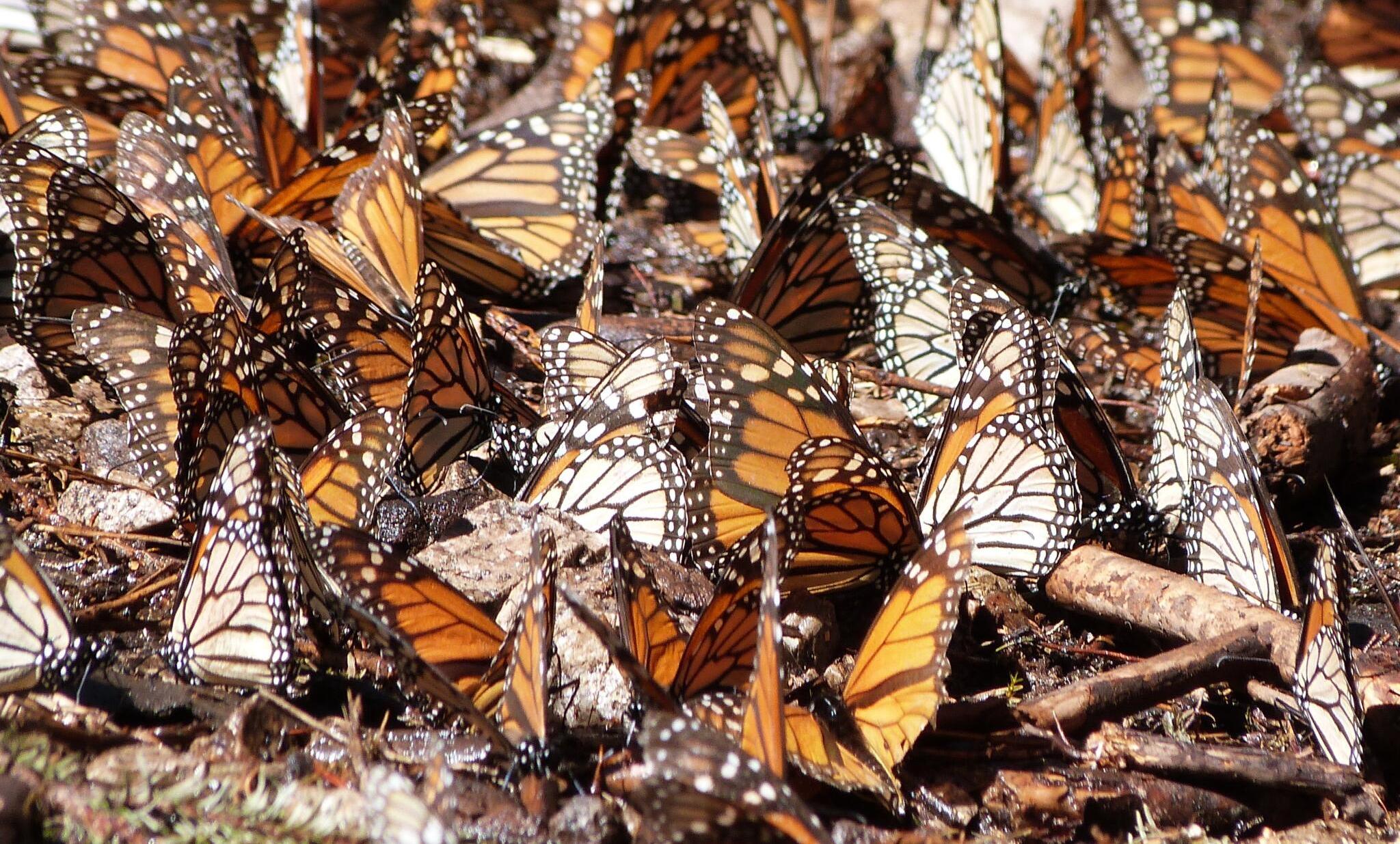Worrying Trends in Animal Extinction Rates
Brand new data released by the International Union for Conservation of Nature (IUCN) indicates that an additional 31 animal species have recently become extinct, highlighting extremely concerning trends, particularly among fresh water dolphins and several species of sharks and rays.
Current Status of Endangered Species
As of now, there are 128,918 species listed on the IUCN Red List, with 35,765 categorized as threatened with extinction. The latest assessments reveal that over 316 chondrichthyan species—which encompass sharks, rays, skates, and chimaeras—are at significant risk of disappearing. Notably, the tucuxi (Sotalia fluviatilis) has been reclassified from Data Deficient to Endangered, indicating that all fresh water dolphins are now in severe jeopardy.
Threats Facing Sharks and Rays
The latest Red List updates provide assessments for over 420 species of sharks and rays, with 154 species recognized as threatened or at risk of extinction in the wild. This includes four species of hammerhead sharks from the Sphyrna family and four species of angel sharks from the Squatina family, both critically endangered. Additionally, the giant manta ray (Mobula birostris) is now facing an extremely high risk of extinction. Given that the last global Red List update for these species was conducted in 2014, it is evident that sharks and rays are rapidly becoming one of the most threatened groups of vertebrates globally.

Dr. Andy Cornish, leader of WWF’s Global Shark and Ray Conservation Programme, noted, “These findings are sadly predictable. The growing crisis for sharks and rays should trigger alarm bells for anyone who cares about ocean health. Despite the international community recognizing the overfishing threat two decades ago, insufficient action has been taken to mitigate this crisis.”
New Extinctions and Conservation Victories
The recently categorized lost shark (Carcharhinus obsoletus), described just last year, now stands as critically endangered (possibly extinct). Its last sighting was in 1934, and its habitat in the South China Sea has faced extensive fishing pressure for over a century. Furthermore, all 17 freshwater fish species endemic to Lake Lanao and its outlet in the Philippines are either extinct or critically endangered, primarily due to predatory invasive species and destructive fishing practices.

Additionally, three species of Central American frogs have been declared extinct, along with 22 frog species dispersed across Central and South America now listed as critically endangered (possibly extinct). The principal factor for these alarming declines is the chytridiomycosis disease. Fortunately, conservation initiatives aimed at safeguarding critical habitats are aiding the recovery of several other amphibian species, such as the Oaxaca Treefrog (Sarcohyla celata), which improved from critically endangered to near threatened due to local conservation efforts in Mexico.

Despite these alarming trends, there is a silver lining; the report indicates positive developments for certain species like the European bison (Bison bonasus), which has increased in population from approximately 1,800 in 2003 to over 6,200 in 2019, moving it from vulnerable to near threatened due to conservation efforts.
“The recovery of the European bison and twenty-five other species showcased in today’s IUCN Red List update underscores the impact of conservation initiatives,” expressed Dr. Bruno Oberle, IUCN director general. “However, the escalating list of extinct species illustrates the necessity for urgent expansion of conservation efforts. To effectively address global threats like unsustainable fishing, agricultural land clearing, and the invasion of non-native species, conservation must become a global priority integrated into every sector of the economy.”
Moreover, the data revealed that 45% (637 of 1464 species) of protea plants, primarily found in the Southern Hemisphere, are classified as vulnerable, endangered, or critically endangered. Similarly, almost one-third of oak tree species (31%, 113 of 430 species) are at risk of extinction.
For further information, visit the official IUCN Red List website.





